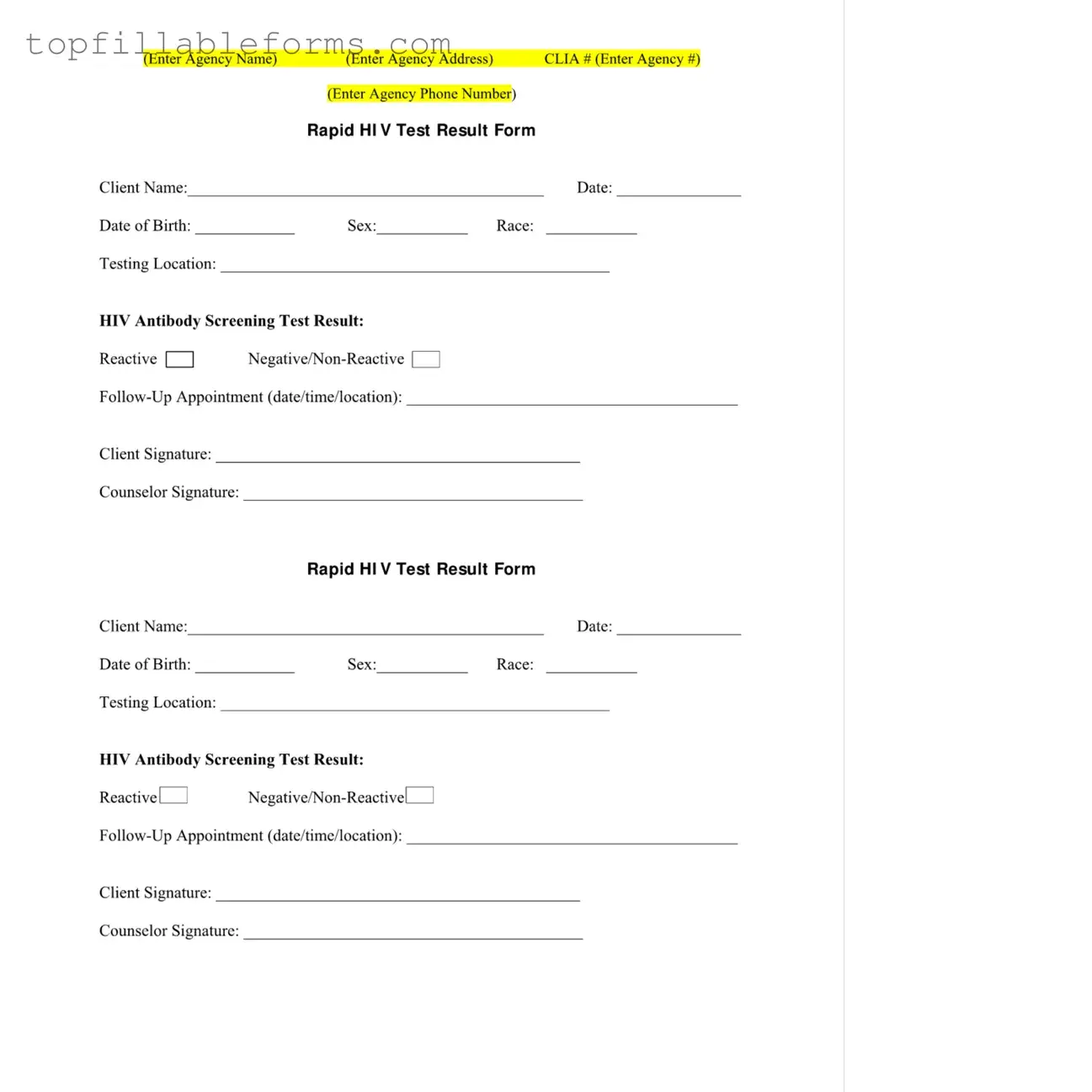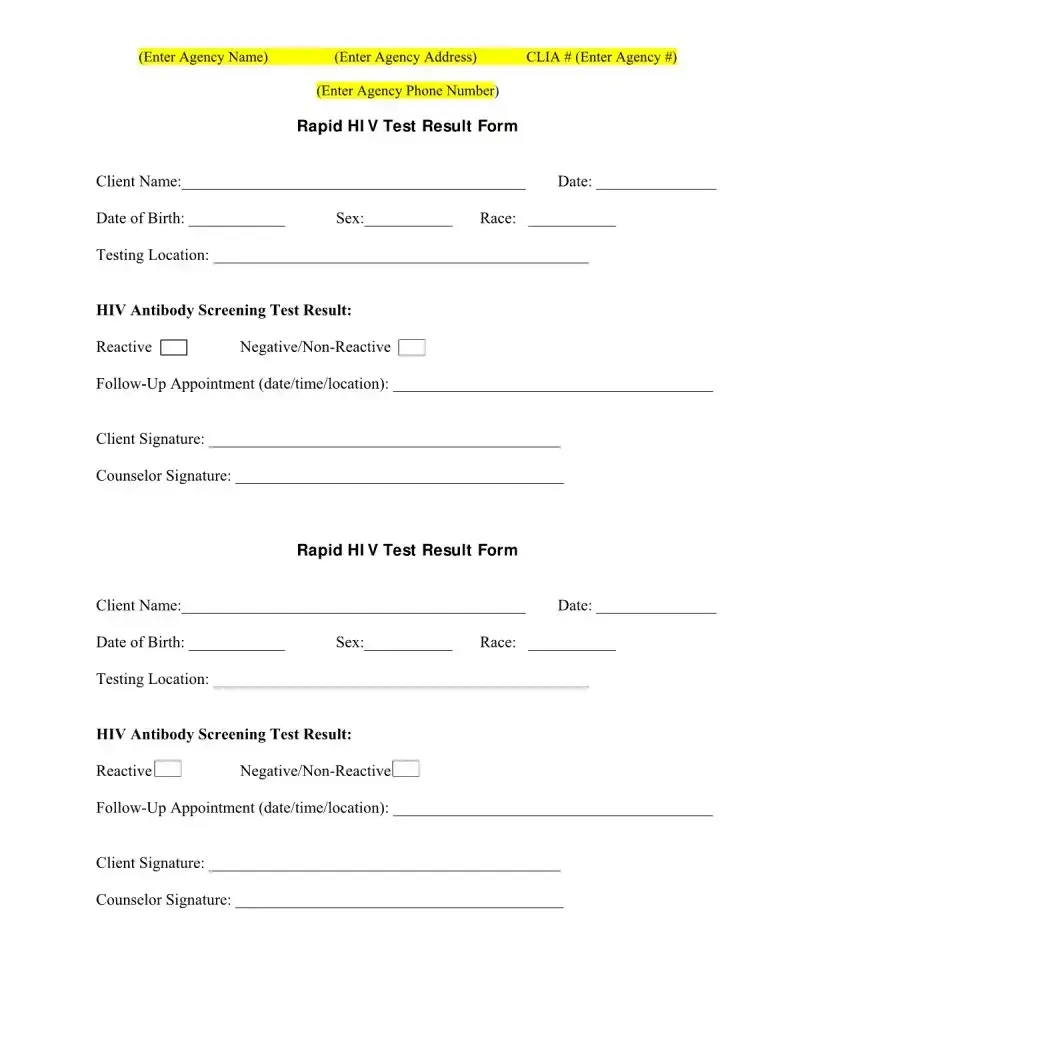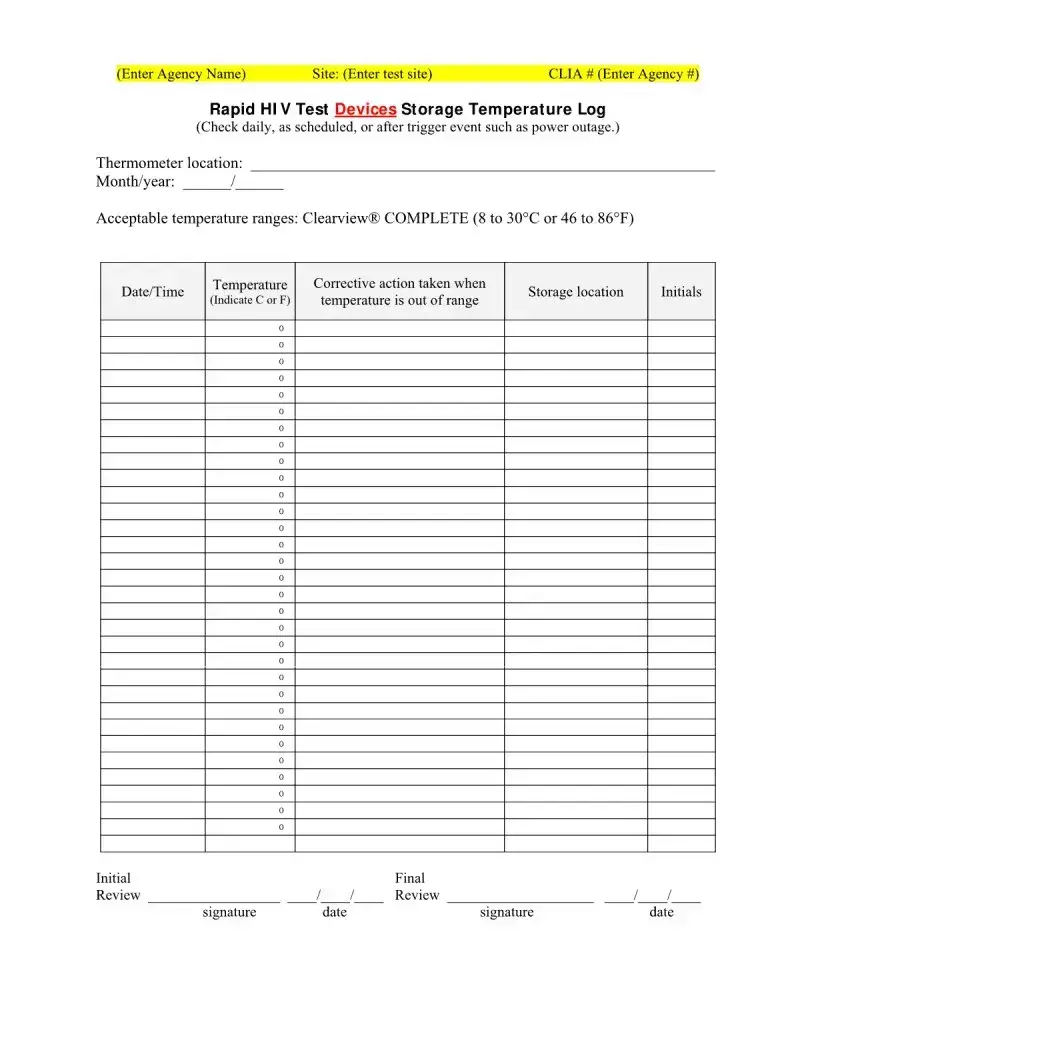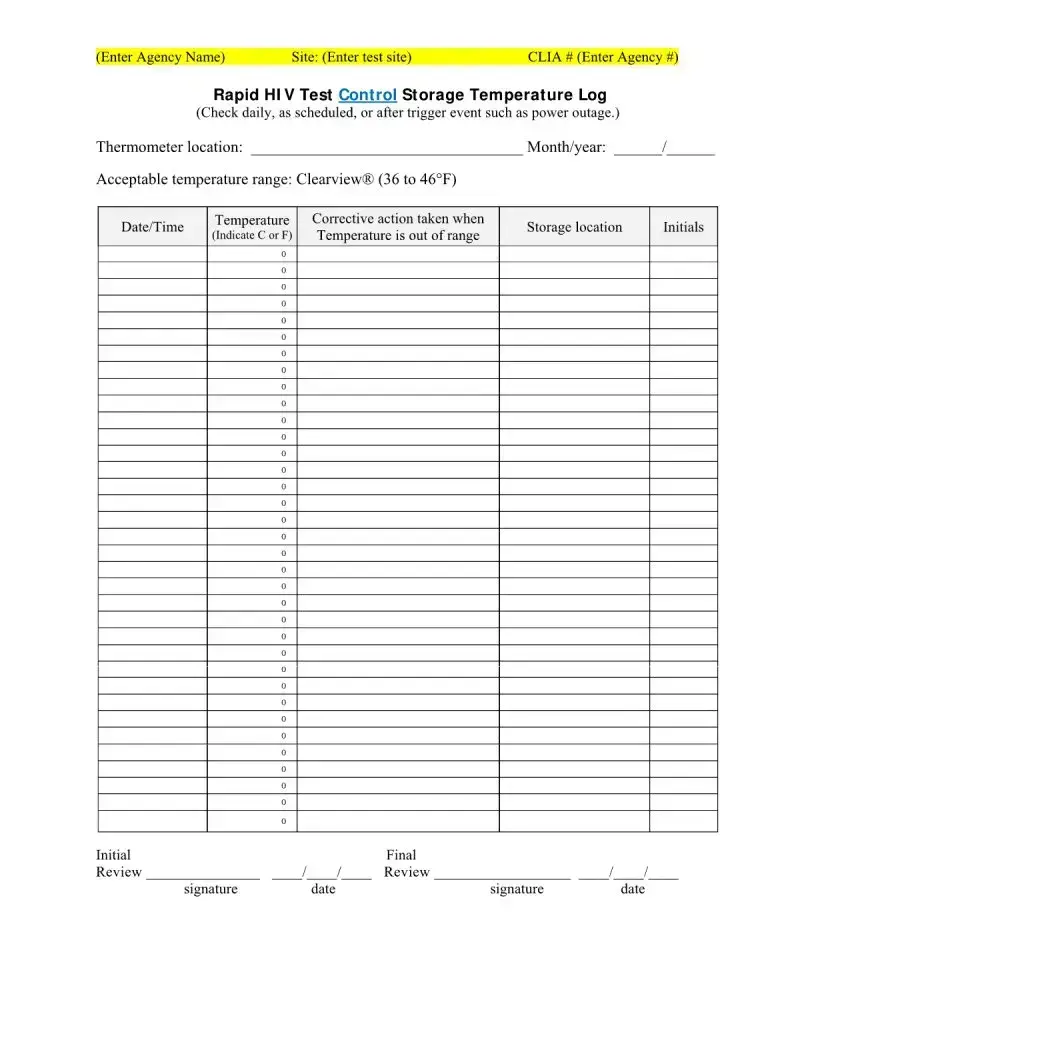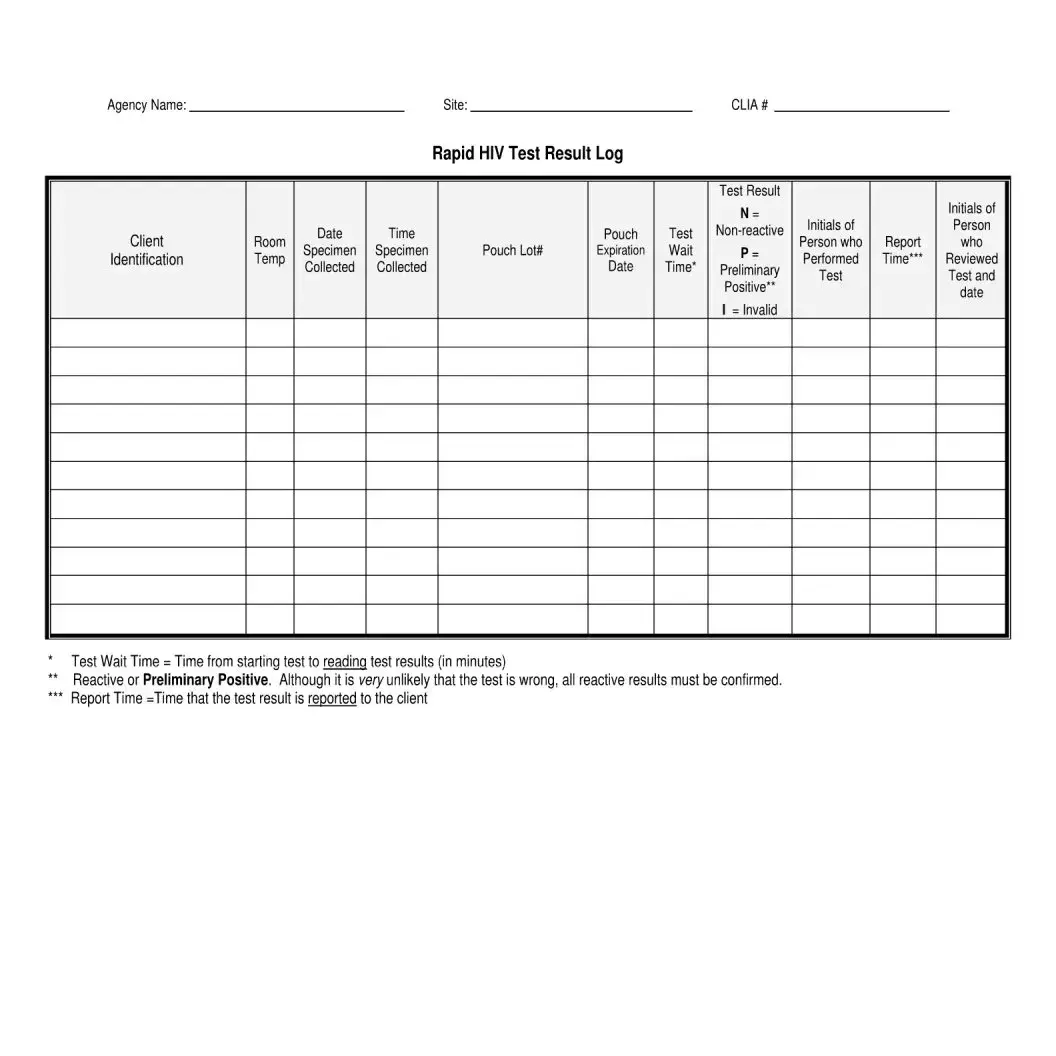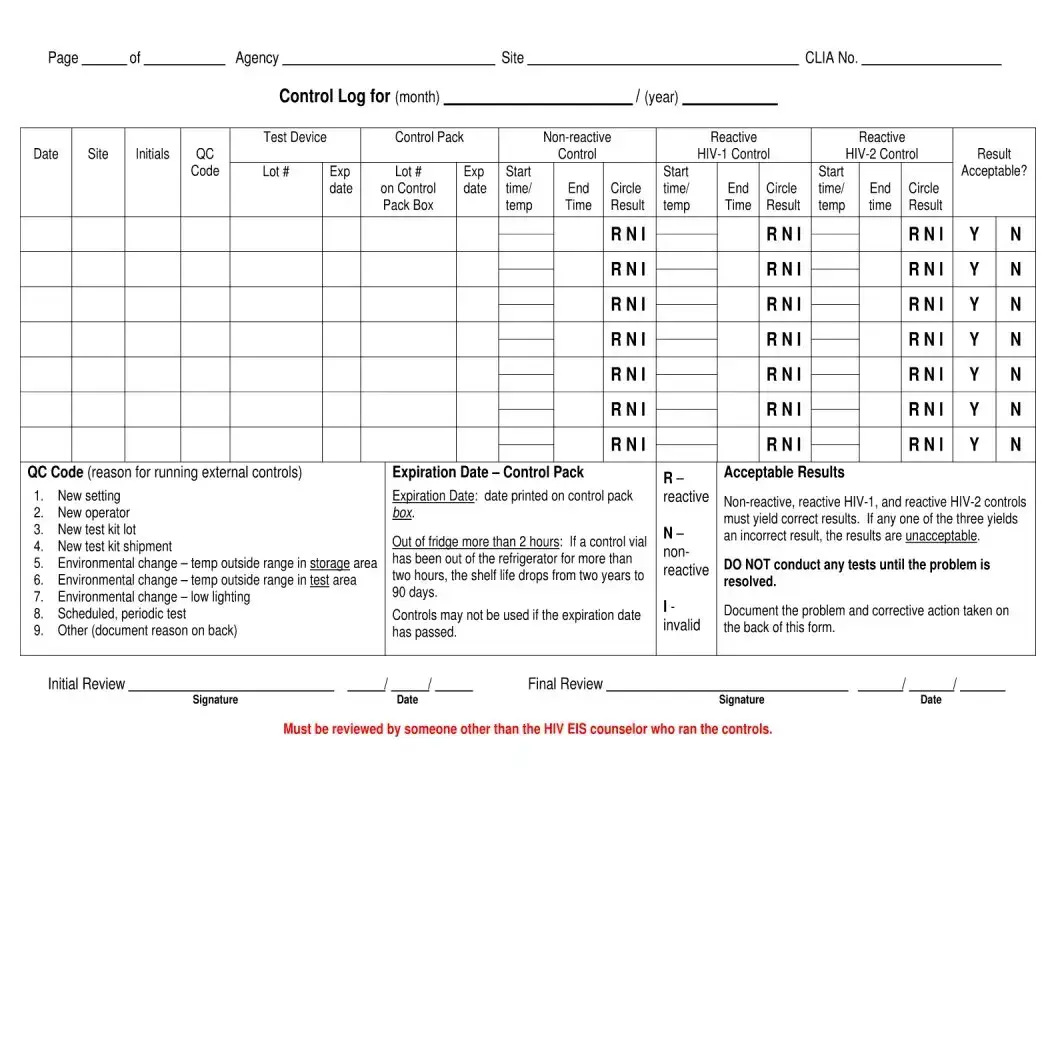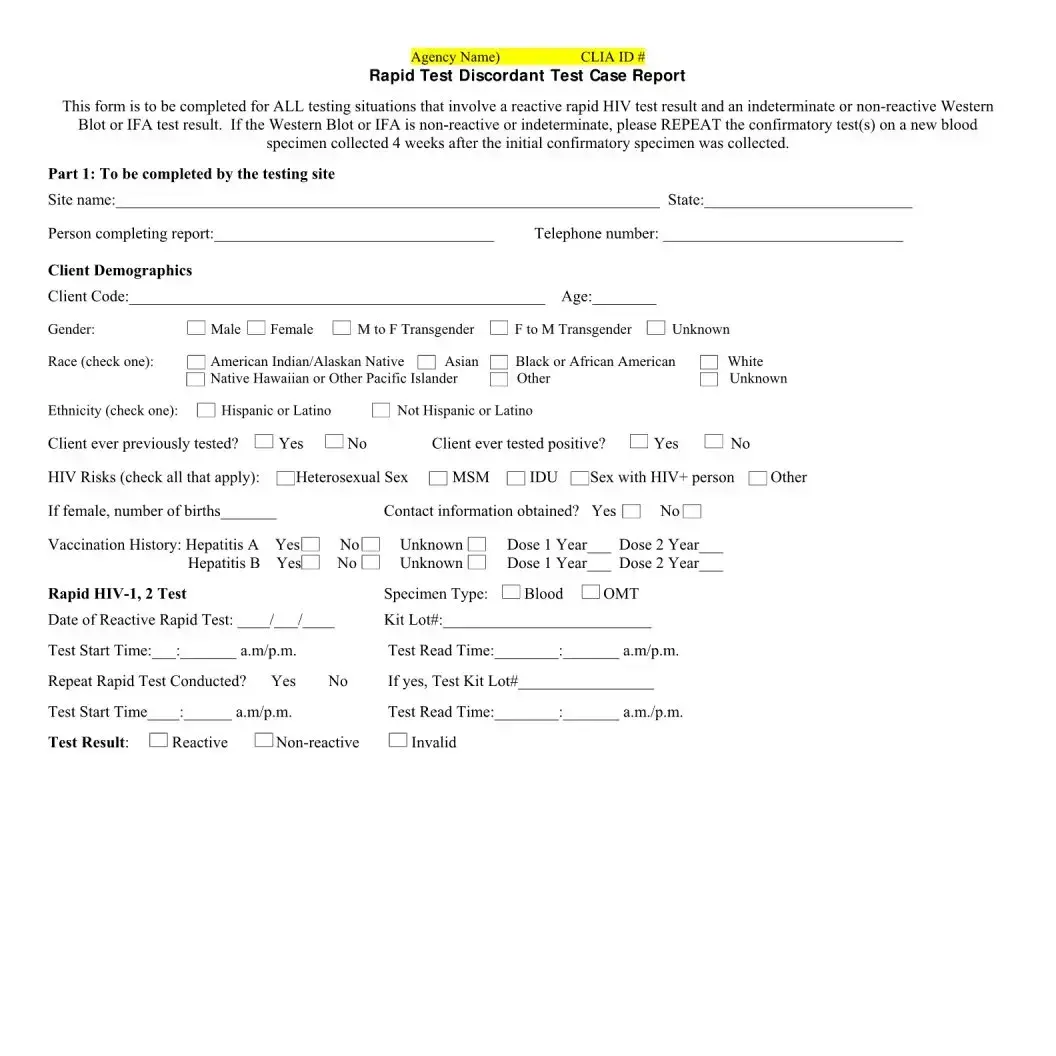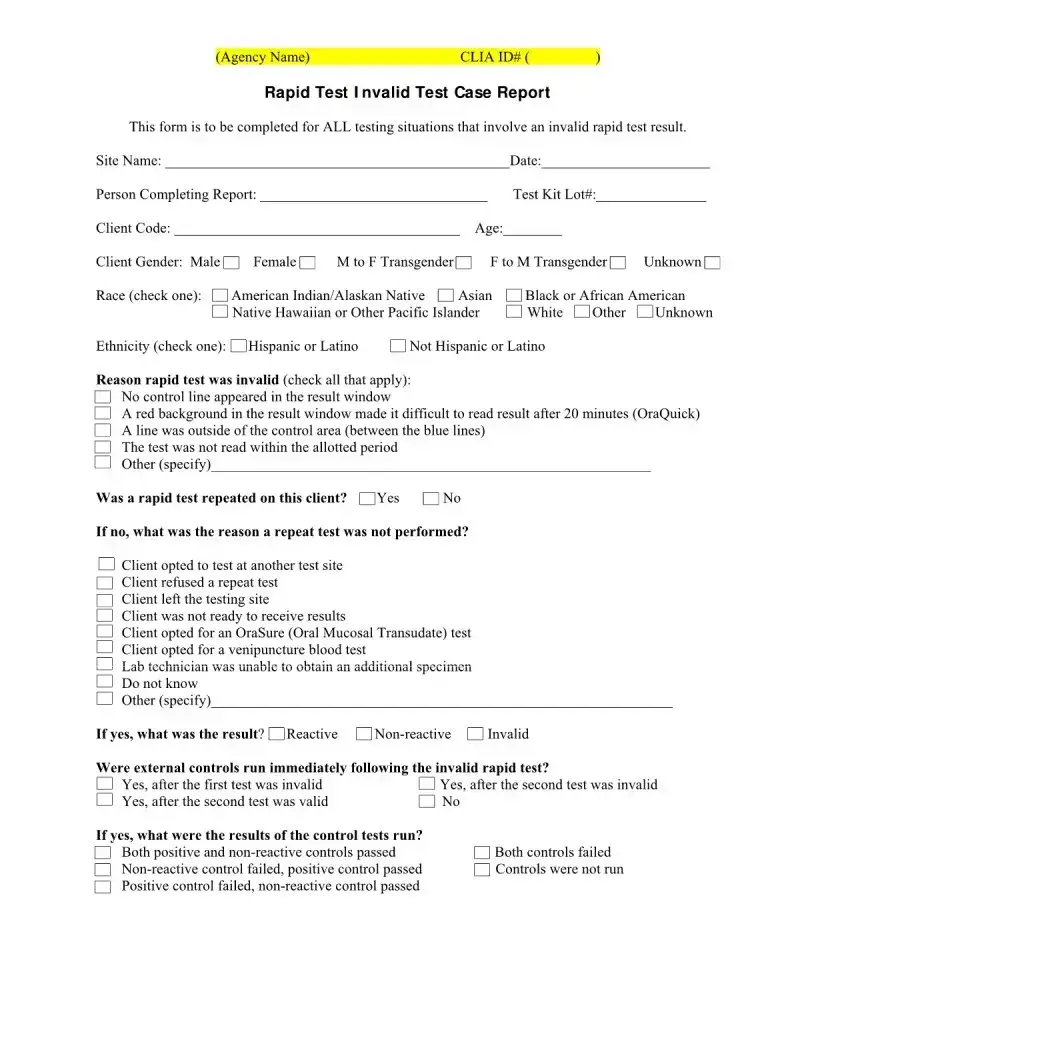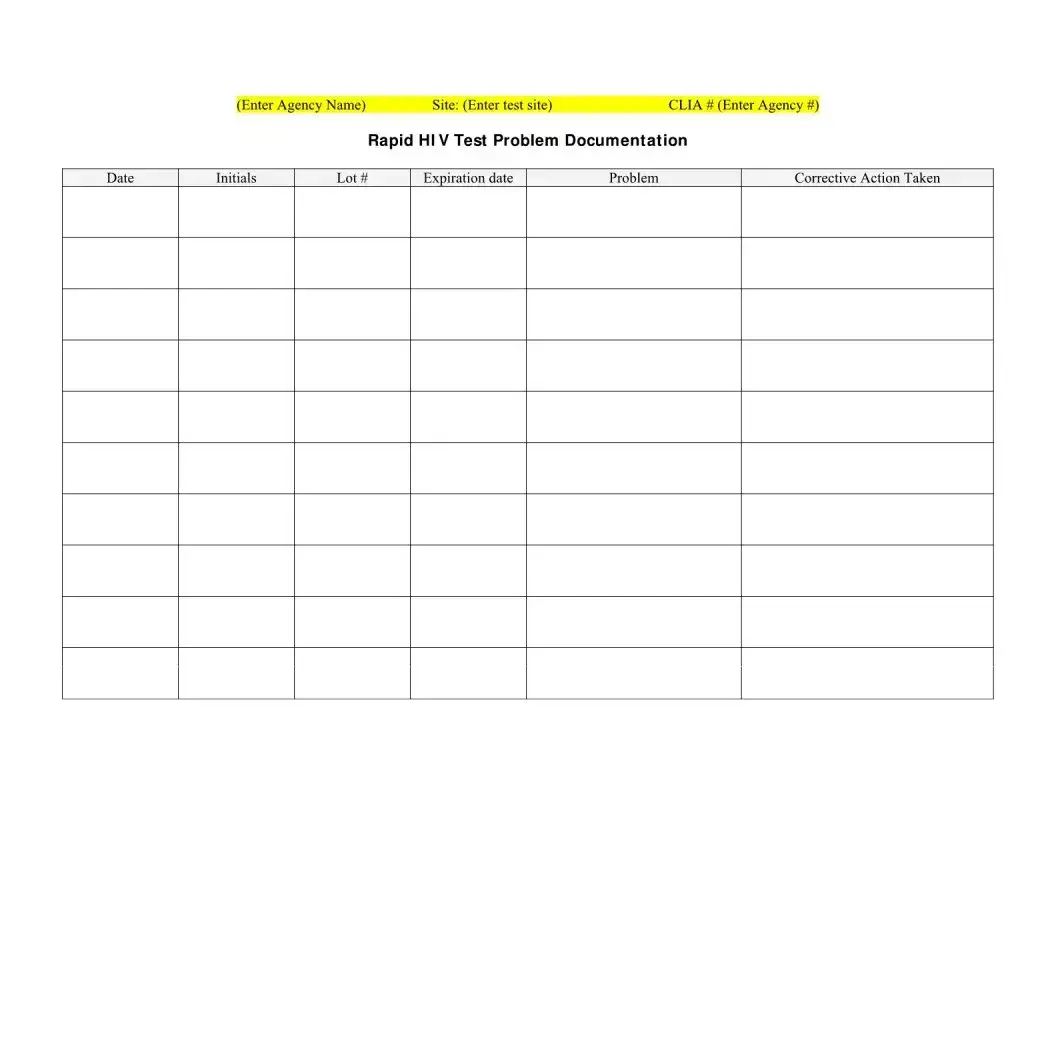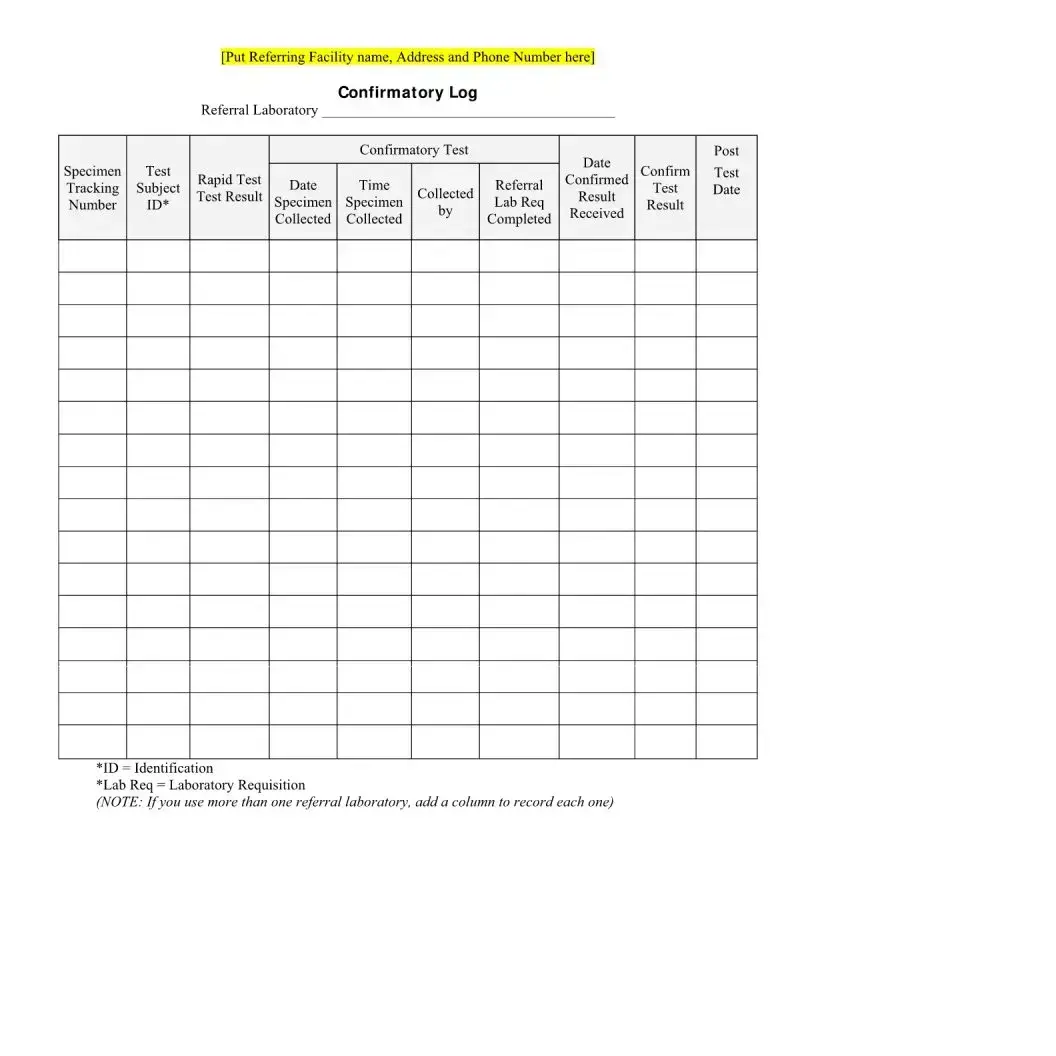Printable Negative Hiv Test Form in PDF
The Negative HIV Test form is an essential document that confirms a person's HIV antibody screening result as non-reactive. This form not only provides critical information about the individual's health status but also includes details such as the testing location and follow-up appointments. Understanding this form can empower individuals to take charge of their health and make informed decisions.
Open Negative Hiv Test Editor Here
